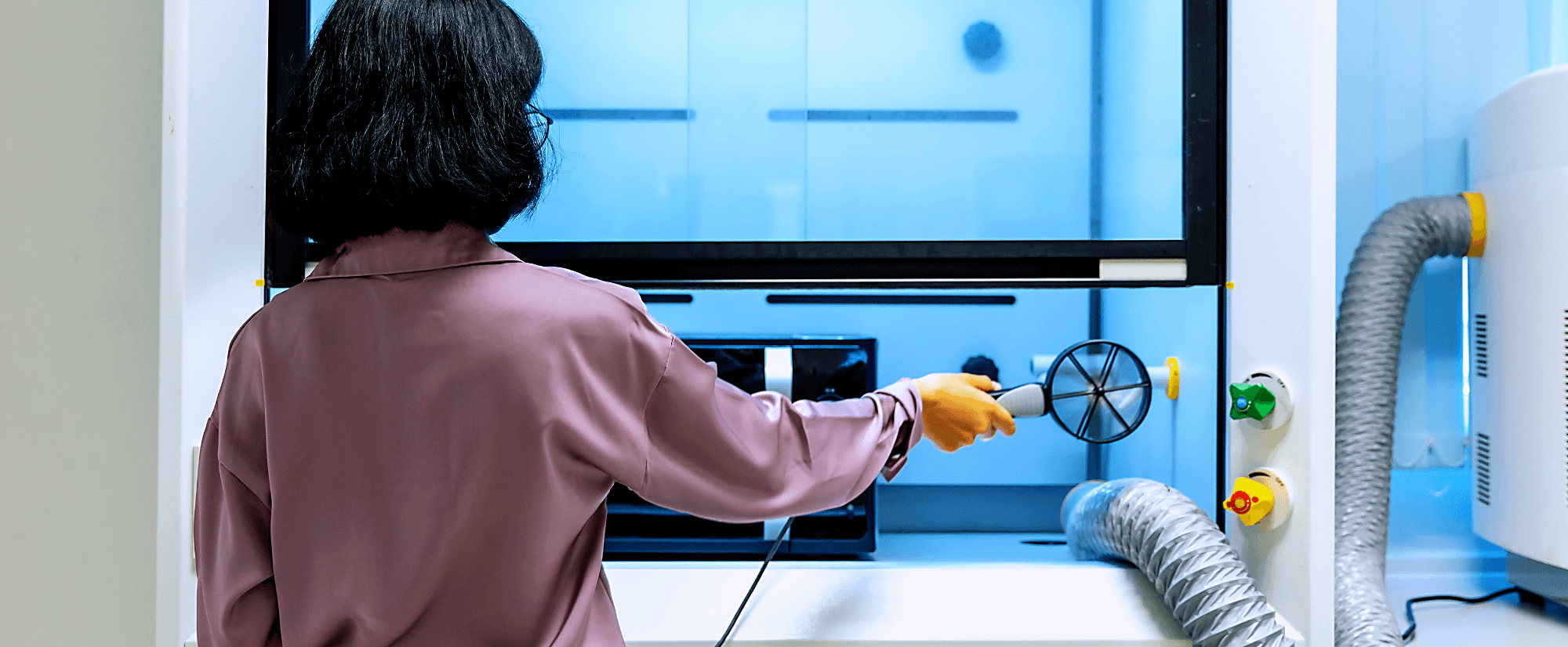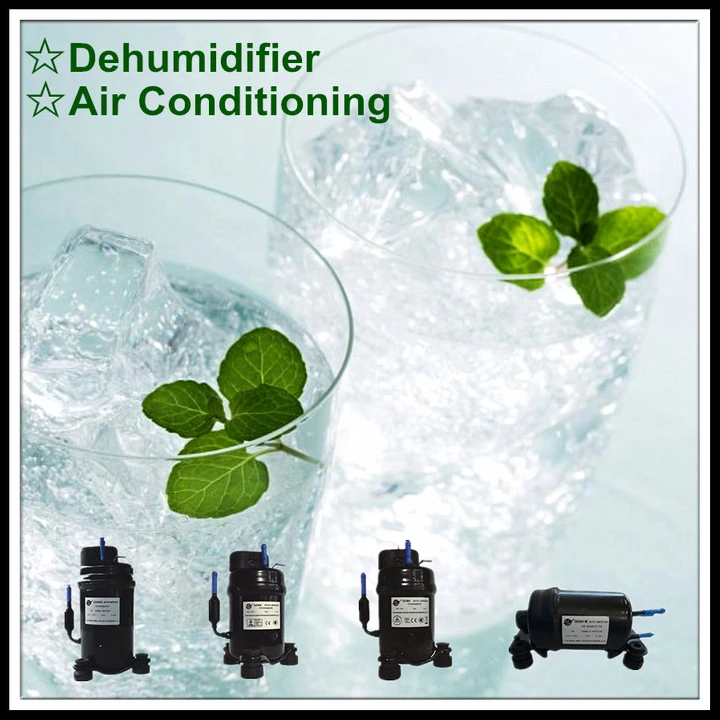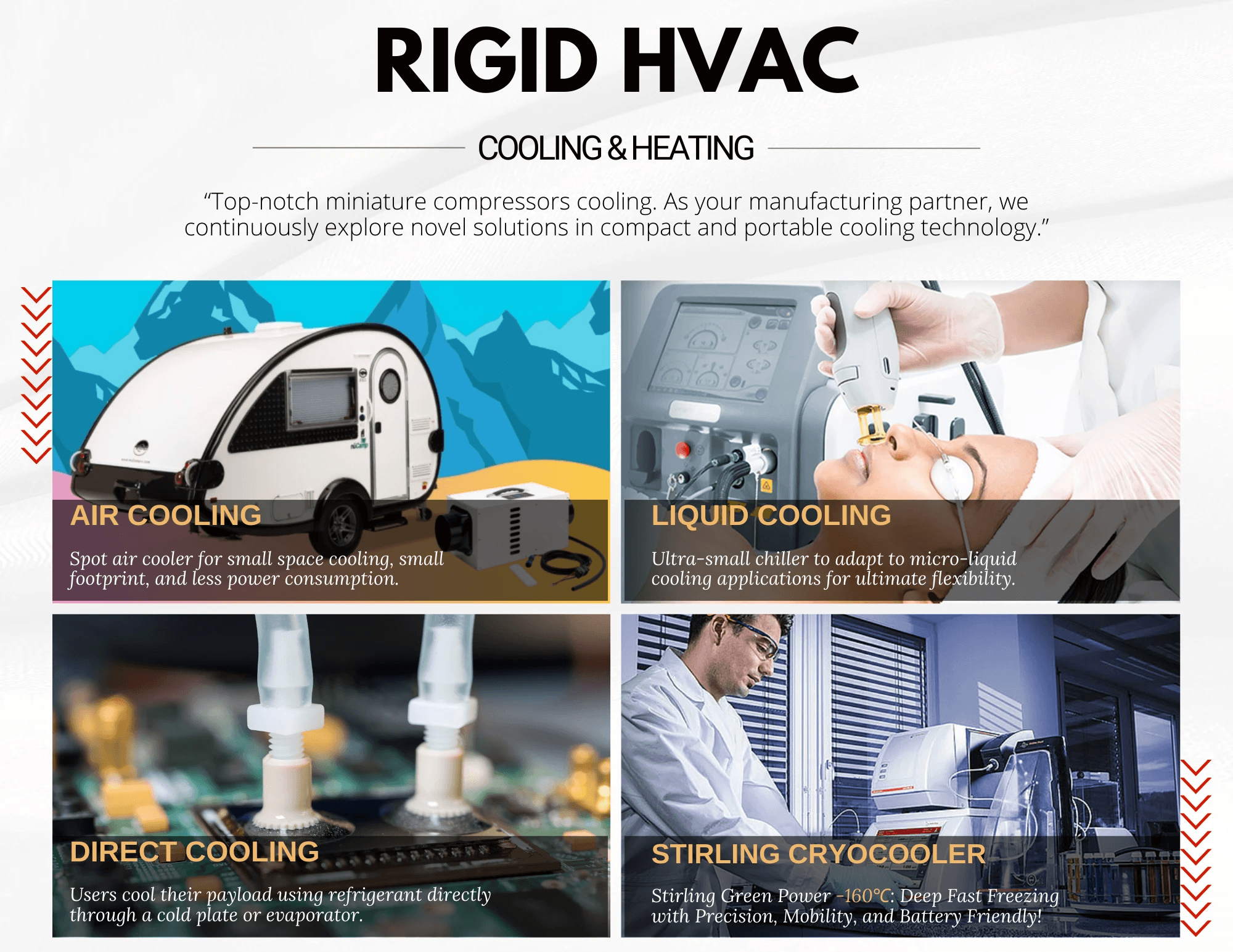Introduction

Are you wondering how to clean a portable air conditioner? Regular maintenance is crucial to keep your RIGID Portable Air Conditioner running efficiently. In this hassle-free guide, we will discuss the proper techniques for cleaning the inside of the unit, including the coils and water tank. We'll also address common mistakes to avoid when cleaning a portable air conditioner.
Understanding the Importance of Regular Maintenance
Regular maintenance is essential for keeping your portable air conditioner in top condition. By following a proper cleaning routine, you can ensure that your RIGID Portable Air Conditioner continues to provide maximum cooling capacity and longevity.
The Hassle-Free Guide to Cleaning Your RIGID Portable Air Conditioner
Cleaning the coils on a portable air conditioner is a straightforward process that can be done with simple tools and cleaning solutions. By following our step-by-step guide, you can maintain the efficiency of your unit and prevent mold and mildew build-up.
Common Mistakes When Cleaning a Portable Air Conditioner
One common mistake when cleaning a portable air conditioner is neglecting to clean the water tank regularly. This can lead to mold growth and reduced cooling capacity. Another mistake is using improper cleaning solutions, which can damage the unit's components over time.
The Basics of Cleaning a Portable Air Conditioner

When it comes to cleaning a portable air conditioner, the first step is accessing and cleaning the air filter. This can be done by removing the front panel of the unit and locating the air filter. Once you have removed it, gently vacuum or wash it with mild soap and water to remove any dust or debris that has accumulated.
Accessing and Cleaning the Air Filter
To access and clean the air filter on your RIGID portable air conditioner, start by turning off the unit and unplugging it from the power source. Next, carefully remove the front panel of the unit to expose the air filter. Once removed, use a vacuum cleaner with a brush attachment to gently remove any dust or debris from the filter. If necessary, you can also wash the filter with mild soap and water, making sure to let it dry completely before re-installing.
Cleaning the Condenser Coils
The next step in cleaning your portable air conditioner is cleaning the condenser coils. These are located behind or underneath the front panel of your unit. Use a soft brush or cloth to gently remove any dirt or debris from these coils. Be careful not to bend or damage them during this process as they are essential for efficient cooling.
Cleaning the Water Tank
If your RIGID portable air conditioner has a water tank, it's important to regularly clean and maintain it as well. To do this, simply empty out any remaining water from the tank and wipe down its interior with a mild detergent solution. Rinse thoroughly and allow it to dry completely before refilling.
Proper Techniques for Cleaning

Using the Right Cleaning Solutions
When learning how to clean a portable air conditioner, it's essential to use the right cleaning solutions. For the air filter and coils, a mixture of mild detergent and warm water is effective in removing dust and debris. Additionally, for mold and mildew prevention, a solution of equal parts water and vinegar can be used to disinfect and deodorize the unit.
Ensuring Proper Drainage
To maintain optimal performance, ensuring proper drainage is crucial when cleaning a portable air conditioner. Start by carefully removing excess water from the conditioner water tank before cleaning it thoroughly with a mild detergent solution. Once cleaned, ensure that the tank is completely dry before reattaching it to the unit.
Cleaning the Inside of the Unit
When wondering Can you clean the inside of a portable air conditioner? it's important to remember that regular maintenance includes cleaning the inside of the unit as well. Use a soft cloth or brush to gently remove any dirt or debris from internal components such as fans and vents. Be sure to unplug your RIGID portable air conditioner before attempting any internal cleaning.
Preventing Mold and Mildew Build-Up

When it comes to preventing mold growth in your portable air conditioner, regular cleaning and maintenance are key. Ensure that you clean the air filter, condenser coils, and water tank frequently to avoid moisture build-up and mold growth. By keeping your unit clean and dry, you can effectively prevent mold and mildew from developing.
Tips for Preventing Mold Growth
To prevent mold growth in your portable air conditioner, it's essential to keep the unit clean and dry at all times. Make sure to clean the air filter every two weeks and the condenser coils at least once a month. Additionally, empty the water tank regularly to prevent standing water, which can lead to mold and mildew growth.
In addition to regular cleaning and maintenance, it's important to ensure that the area surrounding your portable air conditioner is also clean and free of debris. Keep the unit away from any potential sources of moisture, such as leaky pipes or damp basements, to minimize the risk of mold growth. By creating a dry and clean environment for your air conditioner, you can significantly reduce the likelihood of mold and mildew taking hold.
Regular Maintenance Schedule
Establishing a regular maintenance schedule for your portable air conditioner is crucial in preventing mold build-up. Set reminders to clean the air filter, condenser coils, and water tank on a consistent basis. By staying proactive with maintenance, you can effectively prevent mold growth and ensure that your unit continues to operate efficiently.
To ensure that your portable air conditioner remains free from mold, it's also important to check for any leaks or excess moisture around the unit. Even small amounts of water can create a breeding ground for mold, so be sure to address any issues promptly. Additionally, consider using a dehumidifier in the room where the air conditioner is located to help control humidity levels and further prevent mold growth. By taking these extra precautions, you can maintain a clean and healthy environment while maximizing the lifespan of your portable air conditioner.
Dealing with Existing Mold Issues
If you notice mold or mildew inside your portable air conditioner, it's important to address the issue promptly. Use a solution of water and vinegar to clean any visible mold or mildew from the interior of the unit. After cleaning, allow the unit to thoroughly dry before using it again to prevent further mold growth.
After cleaning your portable air conditioner, it's important to regularly inspect and maintain the unit to prevent future mold growth. Keep the area around the air conditioner clean and free of dust and debris, as these can contribute to mold growth. Additionally, consider using a dehumidifier in the room where the portable air conditioner is located to help reduce moisture in the air and minimize the risk of mold.
Ensuring Efficiency and Longevity

Maximizing Cooling Capacity
To maximize the cooling capacity of your RIGID portable air conditioner, ensure that the air filter is clean and free from debris. This will allow for better airflow and more efficient cooling. Additionally, positioning the unit in a well-ventilated area will help it to function at its best. Moreover, keeping the vents and coils clean from dust and dirt will also contribute to maximizing the cooling capacity of your portable air conditioner. Regular maintenance such as cleaning or replacing filters and removing any obstructions around the unit will help ensure optimal performance.
Extending the Lifespan of Your Portable Air Conditioner
Regular maintenance is key to extending the lifespan of your portable air conditioner. This includes cleaning the air filter and condenser coils, as well as ensuring that the water tank is emptied regularly to prevent mold growth and damage to the unit.
In addition to regular maintenance, it is important to ensure that the portable air conditioner is placed on a level surface to prevent strain on the internal components. Uneven surfaces can cause the unit to work harder and reduce its efficiency over time. Furthermore, keeping the area around the air conditioner clear of obstructions such as furniture or curtains will allow for proper airflow and prevent overheating. These simple steps can go a long way in maintaining the performance and longevity of your portable air conditioner.
Addressing Common Performance Issues
If you notice that your portable air conditioner is not cooling as effectively as it used to, check for any blockages in the air filter or condenser coils. These can hinder performance and may require more thorough cleaning to resolve.
Safety Precautions
When cleaning your RIGID portable air conditioner, it's crucial to ensure proper ventilation to avoid inhaling any dust or debris. Open windows and doors to allow fresh air to circulate while you clean the unit. This will prevent any potential respiratory issues and provide a safer environment for maintenance.
Proper Ventilation During Cleaning
To properly ventilate the area, consider using a fan to help disperse any airborne particles while cleaning your portable air conditioner. Position the fan near an open window or door to create a cross breeze that will carry away any dust or cleaning solution fumes. This simple step can significantly improve the air quality during maintenance.
Additionally, it's important to unplug the portable air conditioner before starting the cleaning process to avoid any electrical accidents. Make sure to follow the manufacturer's instructions and safety guidelines when handling electrical equipment. By taking these precautions, you can ensure a safe cleaning experience and prevent any potential hazards.
Electrical Safety Measures
Before beginning the cleaning process, always remember to unplug your RIGID portable air conditioner from the power source. This is essential for preventing electrical accidents and ensuring your safety while handling the unit. Additionally, be mindful of any exposed wires or damaged cords that may pose a hazard during maintenance.
Handling and Storing Cleaning Solutions
When using cleaning solutions to clean the inside of your portable air conditioner, it's important to handle and store them with care. Always wear gloves and protective eyewear when working with chemicals, and keep them out of reach of children and pets. Properly seal and store any leftover solutions in a secure location away from food or other household items.
By following these safety precautions, you can ensure a safe and efficient cleaning process for your RIGID portable air conditioner while avoiding any potential hazards associated with maintenance tasks.
Conclusion

Enjoying Clean and Efficient Cooling
Now that you know how to clean a portable air conditioner, you can ensure that your RIGID portable air conditioner provides you with clean and efficient cooling all year round. By following the hassle-free guide and proper maintenance techniques, you can enjoy the full cooling capacity of your RIGID unit without any hassle. In addition to cleaning, it's important to regularly check and replace the air filters in your portable air conditioner. This simple step can significantly improve the efficiency and performance of your unit, ensuring that it continues to cool effectively.
Maintaining Your RIGID Portable Air Conditioner
Regular maintenance is key to extending the lifespan of your RIGID portable air conditioner. By cleaning the air filter, condenser coils, and water tank as per the guidelines, you can maximize its performance and keep it running smoothly for years to come.
Avoiding Costly Repairs and Replacements
By following a regular cleaning schedule and preventing mold build-up, you can avoid costly repairs and replacements for your RIGID portable air conditioner. This will save you time and money in the long run while ensuring that your unit continues to provide efficient cooling whenever you need it. Additionally, keeping the filters clean will not only improve the air quality in your space but also extend the lifespan of your portable air conditioner. Regular maintenance will also help to prevent any unpleasant odors from developing, ensuring that your unit continues to keep your space fresh and comfortable.